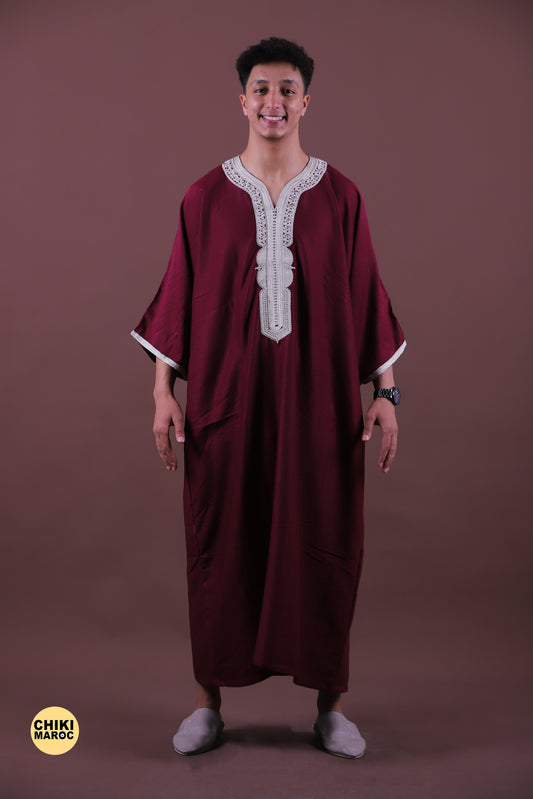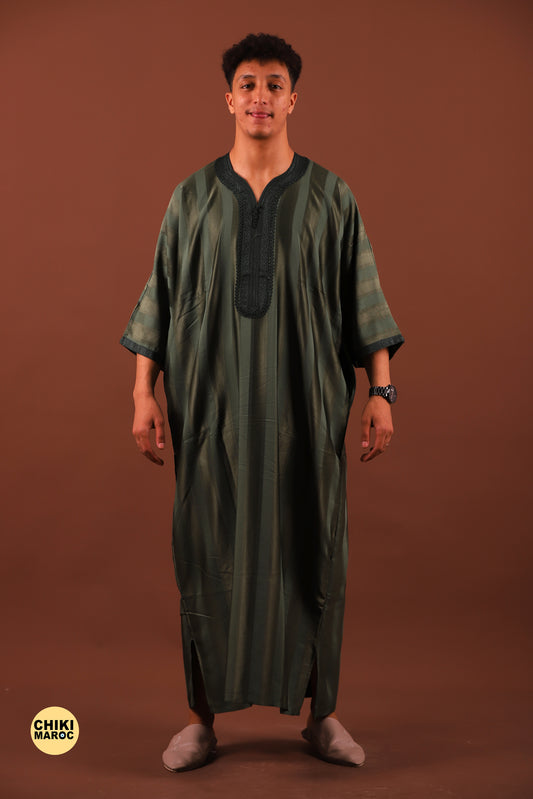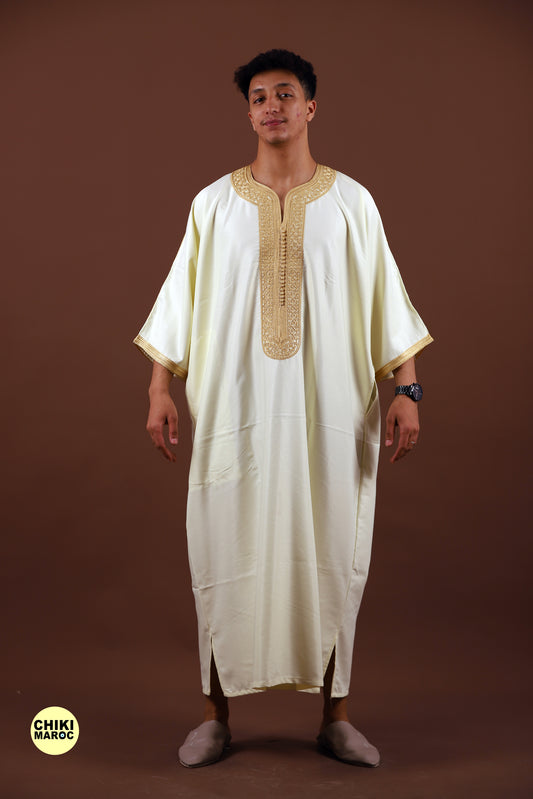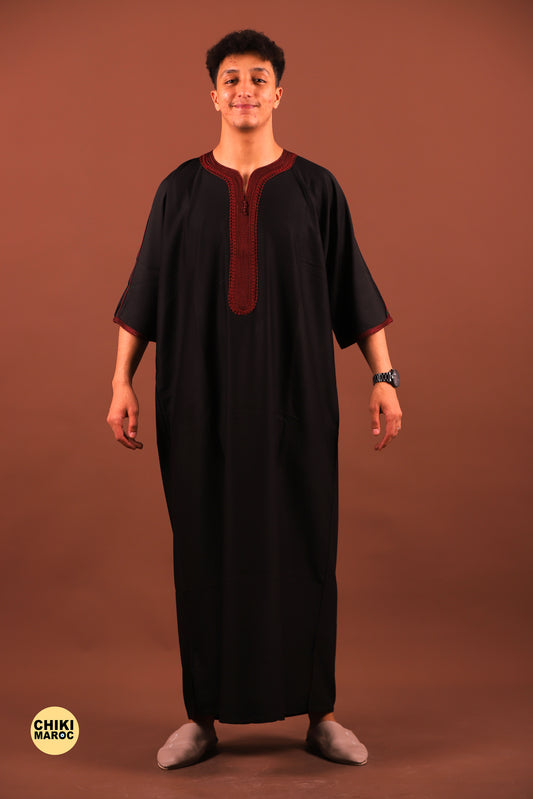Morocco, a land steeped in rich history and vibrant traditions, has made a significant impact on global fashion through its iconic kaftan dresses. These garments, celebrated for their elegance, craftsmanship, and cultural significance, reflect the diversity and artistic heritage of Moroccan culture. This article explores the profound influence of Moroccan culture on fashion, focusing on the enduring appeal and symbolism of kaftan dresses as cultural icons.
The History and Evolution of Kaftan Dresses
Kaftans have a storied history dating back centuries, evolving from their origins in the Middle East and Asia to become integral to Moroccan fashion. Initially worn by men and women across various cultures, kaftans were adapted in Morocco to reflect local tastes and craftsmanship. Over time, Moroccan kaftans became synonymous with luxury, worn by royalty, aristocrats, and everyday individuals during special occasions and celebrations.
Craftsmanship and Artistry
1. Traditional Techniques:
- Moroccan artisans employ intricate techniques such as hand embroidery, weaving, and embellishment to create kaftans of exceptional beauty and detail.
- Each region of Morocco has its distinct style, with patterns, colors, and motifs that reflect local traditions and cultural influences.
2. Materials and Design Elements:
- Kaftans are crafted from a variety of materials, including silk, cotton, and luxurious fabrics like brocade or chiffon.
- They feature flowing silhouettes, long sleeves, and often decorative elements such as metallic threads, sequins, or intricate beadwork.
Symbolism and Cultural Significance
1. Social Status and Celebration:
- Historically, kaftans in Morocco denoted social status, with variations in design and embellishment indicating the wearer's rank or occasion.
- They are worn during weddings, religious ceremonies, and cultural festivals, symbolizing elegance, tradition, and cultural pride.
2. Modern Interpretations:
- In contemporary fashion, Moroccan kaftans have transcended traditional boundaries, influencing global designers and fashion trends.
- They are celebrated for their versatility, worn as both formal attire and casual wear, adapting to modern lifestyles while retaining their cultural essence.
Global Appeal and Fashion Trends
Moroccan kaftans have captivated international audiences, influencing haute couture and mainstream fashion alike. Designers around the world draw inspiration from Moroccan motifs, colors, and craftsmanship, integrating elements of kaftans into their collections. Celebrities and fashion icons frequently don kaftans at red carpet events and high-profile gatherings, further elevating their status as symbols of luxury and cultural sophistication.
Sustainability and Artisanal Craft
Kaftans also embody sustainability, with many crafted using traditional methods that prioritize environmental consciousness and ethical production practices. Artisans preserve ancient techniques, ensuring that each kaftan is not only a piece of clothing but also a testament to cultural heritage and artisanal skill.
Conclusion
In conclusion, Moroccan culture has profoundly shaped global fashion through its iconic kaftan dresses, which embody elegance, craftsmanship, and cultural symbolism. From their historical roots to contemporary interpretations, kaftans continue to inspire designers and fashion enthusiasts worldwide, symbolizing the rich tapestry of Moroccan heritage. By celebrating the artistry and cultural significance of kaftan dresses, we recognize their enduring influence on fashion and their role as timeless cultural icons




